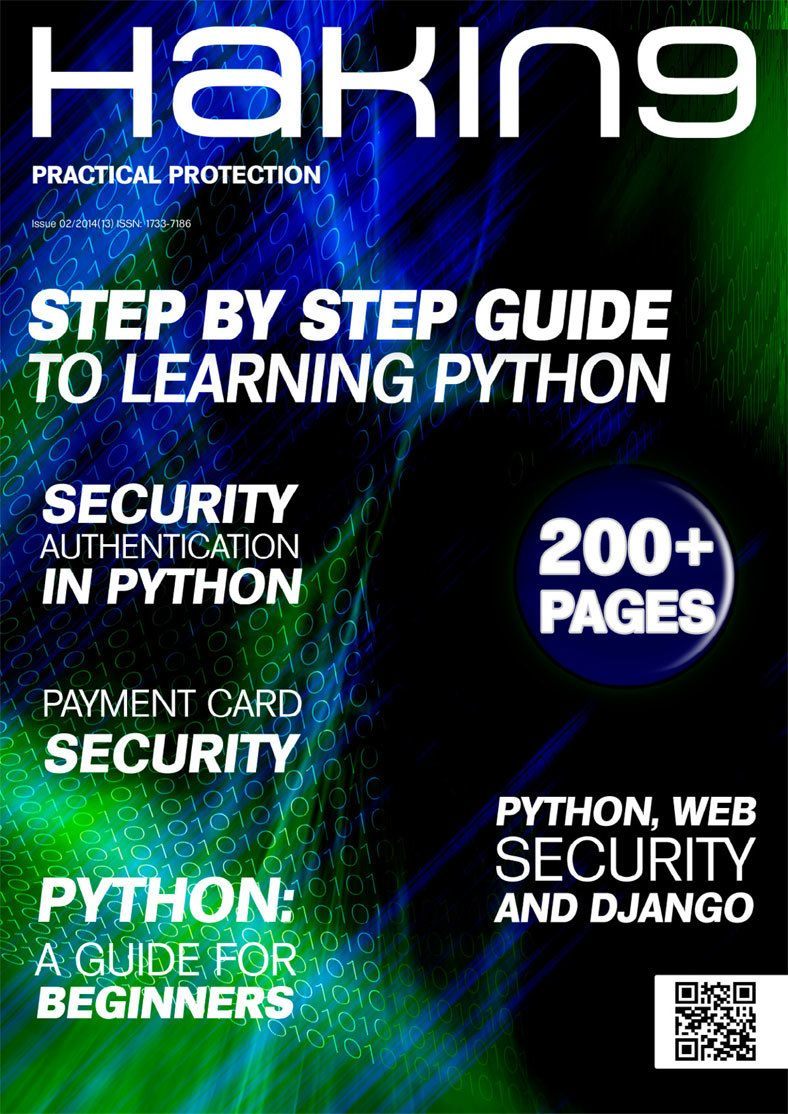Cybrary.it is a site dedicated to bringing you free lectures on your desired IT subject. You could attend online lectures on cybrary.it and go ahead and write that exam.
It presents very concise and explicit videos, which present you with real world lecture scenario and the videos are self paced. The videos are explanatory to a large extent and present you with practical learning experiences on your desired IT choice.
One big plus for cybrary.it is the revolutionary change they bring to the IT world – the courses are FREE. Another plus is that completion badges and certificates of completion are awarded successful students.
As may be thought, that anything free is of no value, the vision of cybrary.it is that IT should be taught free as we are in an information age.
On cybrary.it, so many learning paths exist. Some of the courses offered include Comptia Security+, MCSA, CISA, CISSP, Advanced Penetration Testing, Python for Security Professionals, Metasploit e.t.c.
One thought which may now be ringing in your head is how can the above courses be taught free?
I make it bold to tell you that the lectures are free. Simply watch the course videos and learn.
Having taken the Advance Penetration Testing , it was a great experience so far and i learned a ton from the instructor Georgia Weidman. Videos are lengthy and explained very clearly. I am very happy that they made such a course and providing for free.
If you have plans to take OSCP in future, this course is definitely recommended along with books she mentioned.
You can access the course here.
Waiting for other courses from Cybrary. :)
Happy learning All !!
It presents very concise and explicit videos, which present you with real world lecture scenario and the videos are self paced. The videos are explanatory to a large extent and present you with practical learning experiences on your desired IT choice.
One big plus for cybrary.it is the revolutionary change they bring to the IT world – the courses are FREE. Another plus is that completion badges and certificates of completion are awarded successful students.
As may be thought, that anything free is of no value, the vision of cybrary.it is that IT should be taught free as we are in an information age.
On cybrary.it, so many learning paths exist. Some of the courses offered include Comptia Security+, MCSA, CISA, CISSP, Advanced Penetration Testing, Python for Security Professionals, Metasploit e.t.c.
One thought which may now be ringing in your head is how can the above courses be taught free?
I make it bold to tell you that the lectures are free. Simply watch the course videos and learn.
Having taken the Advance Penetration Testing , it was a great experience so far and i learned a ton from the instructor Georgia Weidman. Videos are lengthy and explained very clearly. I am very happy that they made such a course and providing for free.
If you have plans to take OSCP in future, this course is definitely recommended along with books she mentioned.
You can access the course here.
Waiting for other courses from Cybrary. :)
Happy learning All !!

